“Why haven’t you posted your travel notes yet? Brothers, wait and see.” Facing Chongzi’s concerned inquiry, I couldn’t help but be dumbfounded. Starting from Mr. Liu, no less than 10 brothers have been asking.
Qiangtang is indeed a hot topic, especially when someone from Moments has just returned. Out of the sense of mystery about the unknown world, everyone wants to open this door as soon as possible.

Been back for almost a week. But the body and mind are still exhausted from the time in Qiang Tang. very tired! For me, who is used to driving every day, it seems that I have a great resistance to driving this time, and I am so tired that I never want to touch the steering wheel.
Depart on April 8 and return on May 6, 29 days and nights. From the coast of the East China Sea all the way to the west, until a circle is drawn on the snow-covered plateau, the whole journey is more than 12,000 kilometers.
I like to drive by myself, so I have a dream of a snowy plateau, and I always have that scenery in my heart. There are the blue sky of Zhuoma, the white clouds within reach, the endless snow-capped mountains and the lakes that accompany it all the time. Every time I travel, I start from the easternmost seaside and pass through Xi’an, Xining or Chengdu all the way. I always envy the people who live in the inland areas, and they can step on the clouds when they go out. You must know that it will take an extra week to go back and forth from the sea to the starting point of any of the roads into Tibet, such as Sichuan-Tibet, Qinghai-Tibet, and Yunnan-Tibet.


Tiredness, time is one of the reasons, more than 12,000 kilometers, on the way every day.
This time we chose the Sichuan-Tibet line to enter and the Qinghai-Tibet line to exit. This is a routine route that can no longer be conventional, and it is also the first choice of most self-driving tourists. The scenery and road conditions are suitable, and the time is also the fastest. Different from most people’s itinerary with Lhasa as the end point, Sichuan-in and Qing-exit are only a part of our entire itinerary, and our direction is Lhasa to the west. In fact, Lhasa is a staged starting point of our westward journey.
The good road conditions of the Sichuan-Tibet line and the Qinghai-Tibet line and the continuous construction of tunnels and bridges make it easier and simpler to travel from Chengdu to Lhasa, and from Lhasa to Xining. Years of construction and development have continuously improved the accommodation conditions along the way. In the whole itinerary, the Sichuan-Tibet line and the Qinghai-Tibet line can be said to be the best sections of the journey.


The high altitude in Tibet has a great impact on people traveling. Sichuan-in and Qing-out are the preferred routes for people to quickly adapt to altitude changes. Most people will slowly adapt to slowly changing altitudes. The high altitude reaction of most of us on this trip is not serious, and the slow adaptation from the low altitude played a key role.
For off-road enthusiasts, Qiangtang is undoubtedly a holy place. Its status can be called the Himalayas in no man’s land. I have been paying attention to Qiangtang for a while, and I also refer to some classic posts on the Internet about the route. Most of the currently known convoys that crossed Qiangtang took the North-North Line (N35), that is to say, they traveled east-west along the southern foothills of the Kunlun Mountains that lie across Xinjiang and Tibet. Starting from Songxi Township in the west, we travel east to west to Dogering Coqiang Co, and then go north or south. From the perspective of difficulty and intensity, this is undoubtedly the limit of crossing. In mid-to-late April, the plateau permafrost in North Qiangtang has begun to show signs of melting. It is obviously not suitable to take this route.


The size of Qiangtang is full of changes and unknowns. A safe route that is diverse and challenging for the convoy to move forward is preferred. Based on this, under the planning and careful arrangement of the team leader Shark, the Qiangtang Grand Loop came into being.
The Qiangtang Grand Ring Road refers to starting from Sangsang Town (Angren County) on G219, going north along S205, passing through Nima to Shuanghu, this is the first stage of the entire ring road, crossing from south to north; Starting from Shuanghu, it crosses westward, passes through Gacuo Township, Cuozhe Qiangma Township, and Gumu Township all the way, and arrives at Yanhu Township. This east-west line basically goes westward around the 33rd parallel north latitude, which is the second stage of the ring line; Turn southward from Yanhu Township, pass through Xiongba Township and Yare, cross the Gangdise Mountains, and arrive at Mapang Yumco on the south side of the G219 line, completing the third stage of the loop; finally, from Mapang Yumco along the G219 travels eastward to Sangsang Town, at this point, the Qiangtang Ring Road has been completed.

In Qiangtang in April, although the afternoon sun made people feel a little warm, the wind in the wilderness was strong and the climate was still cold.
The temperature at night is close to minus 20 degrees, and snowflakes often float in the cold wind. From Sangsang Town to the north, the so-called provincial roads have turned into rutted roads, dirt and stone roads, and the rutted roads disappeared after walking from time to time. The rest can only confirm the position and direction based on GPS and human judgment. It will not return to the asphalt road until returning to Mapang Yumco.
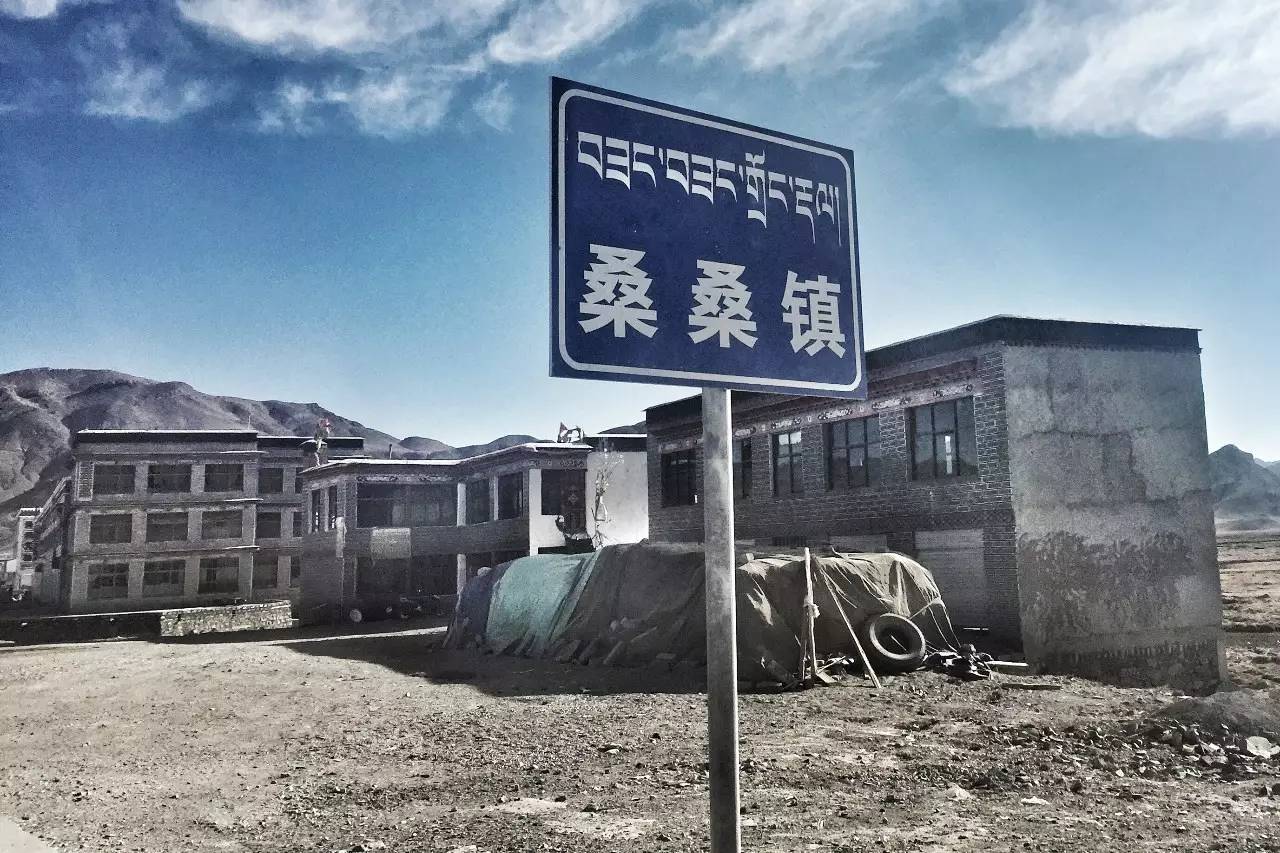

Tiredness, the road condition is the second reason, the 3000-kilometer ring road is bumpy all the way.
Over the mountains, galloping in the wilderness, rutted roads, gravel roads, and dusty roads, sometimes criss-crossing, sometimes disappearing, driving among them is fun for a few hours, crossing for a few days, and a nightmare for 10 days. Walking on the N33, it is often dusty outside the car and filled with smoke and dust inside the car. Day after day of turbulence breaks down the machine, but also hits your body and tortures your will. The hardships of the road will lead to two results, madness or collapse.
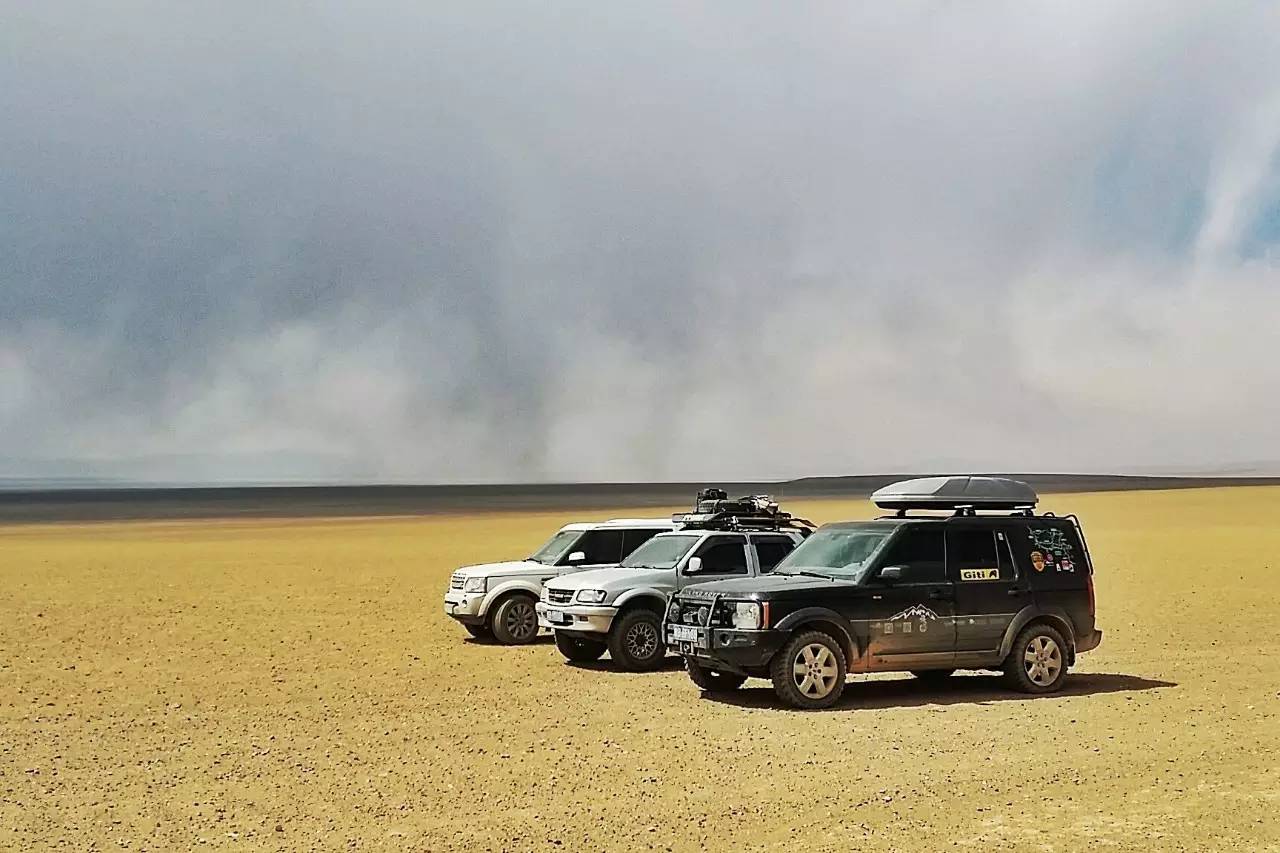

The road is constantly being thrown behind, and the scenery is constantly being brought into view.
The dreamy sights of the Chang Tang Highlands are the only consolation.
Always looking forward to more dreams appearing in front of you, always stepping on a worse road.
People always have expectations, just like our life, looking forward to more beautiful appearances, this may be the driving force for moving forward. Perseverance is in our blood. We all believe that perseverance will always pay off.

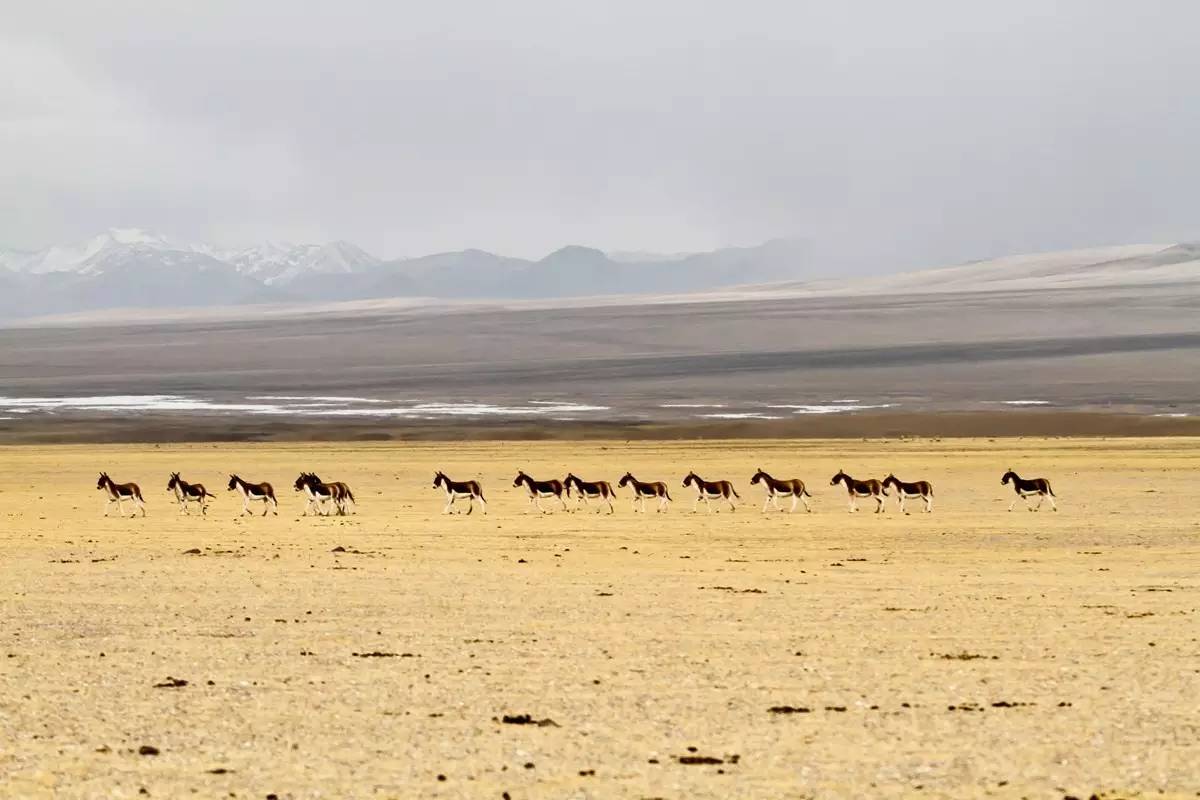
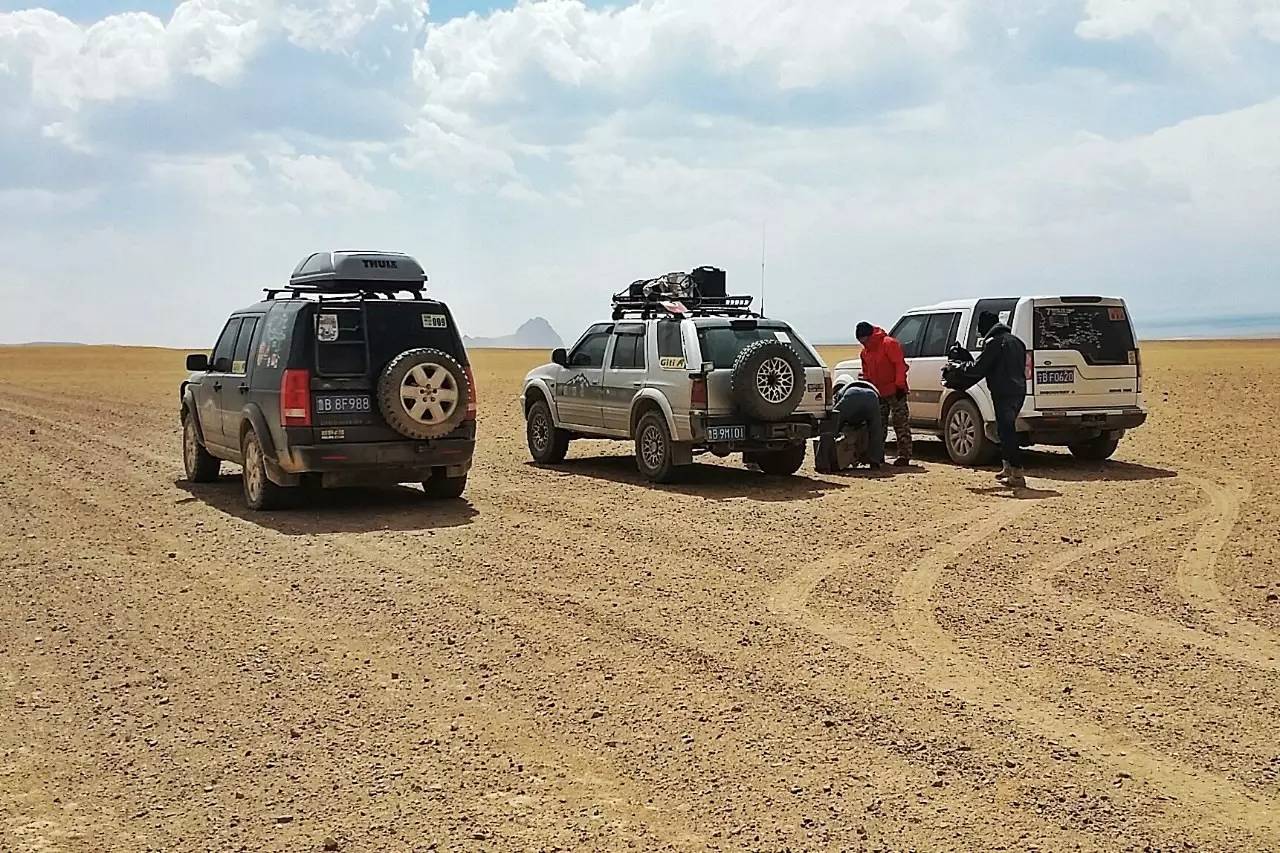
The intensity of this crossing is so great, I am afraid that there are few precedents. 3,000 kilometers and 12 days of continuous crossing on non-paved roads brought us sharpening and heart palpitations. I have been to many places by self-driving, including driving to Keelung, Tibet, driving through the Qaidam Basin, driving around the Shangri-La Ring Road, and cycling all over Inner Mongolia. The trip to Qiangtang seems to be exhausting. There is always a critical point in human energy, and “exhaustion” has been well interpreted in this time travel.
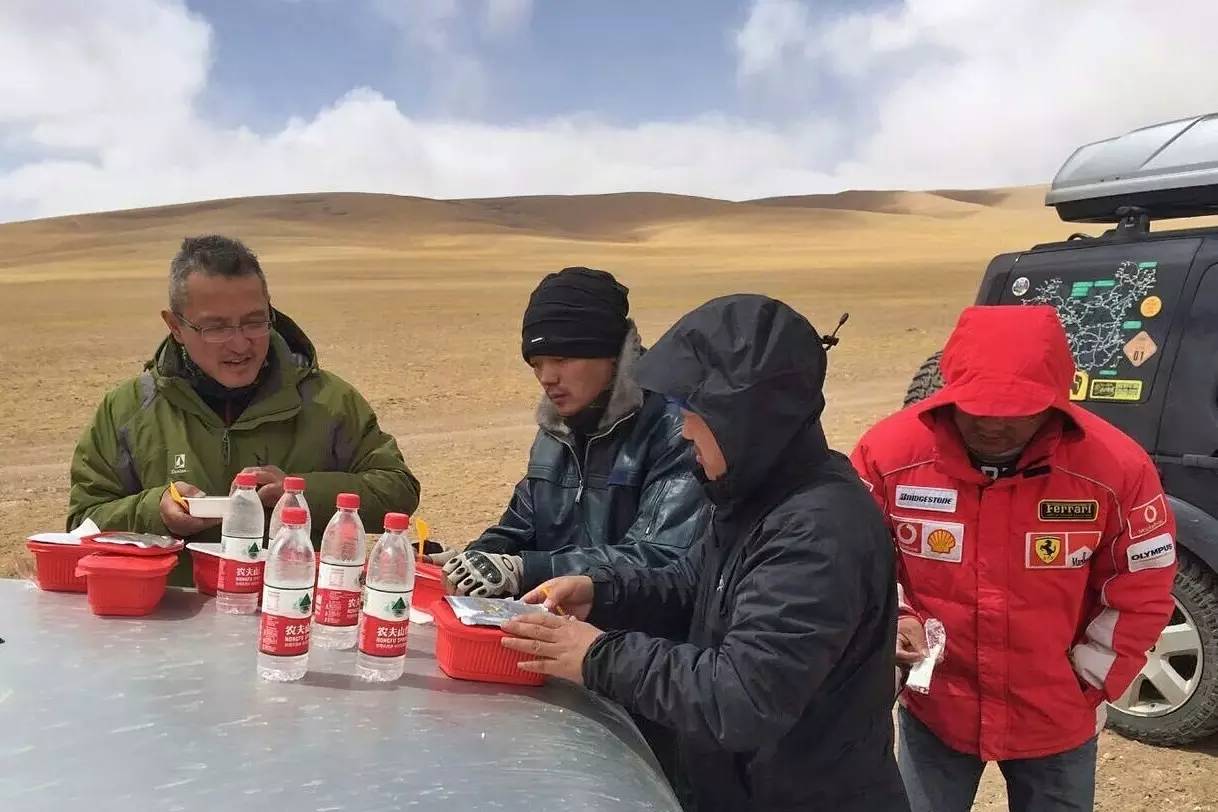

In the past few days after returning home, many, many scenes often appeared in my mind. . . The children of Jiacuo’s family, the horror of the wrecked car in Wenbu Township, the whispering nightmare of Shuanghu Lake, the blizzard and snow night in Gangtang Co, the strange dream in Gumu Township, the dim afterglow in Gangdise, the warmth of Yongcuo in Mapang Stove, scenes flashed non-stop.
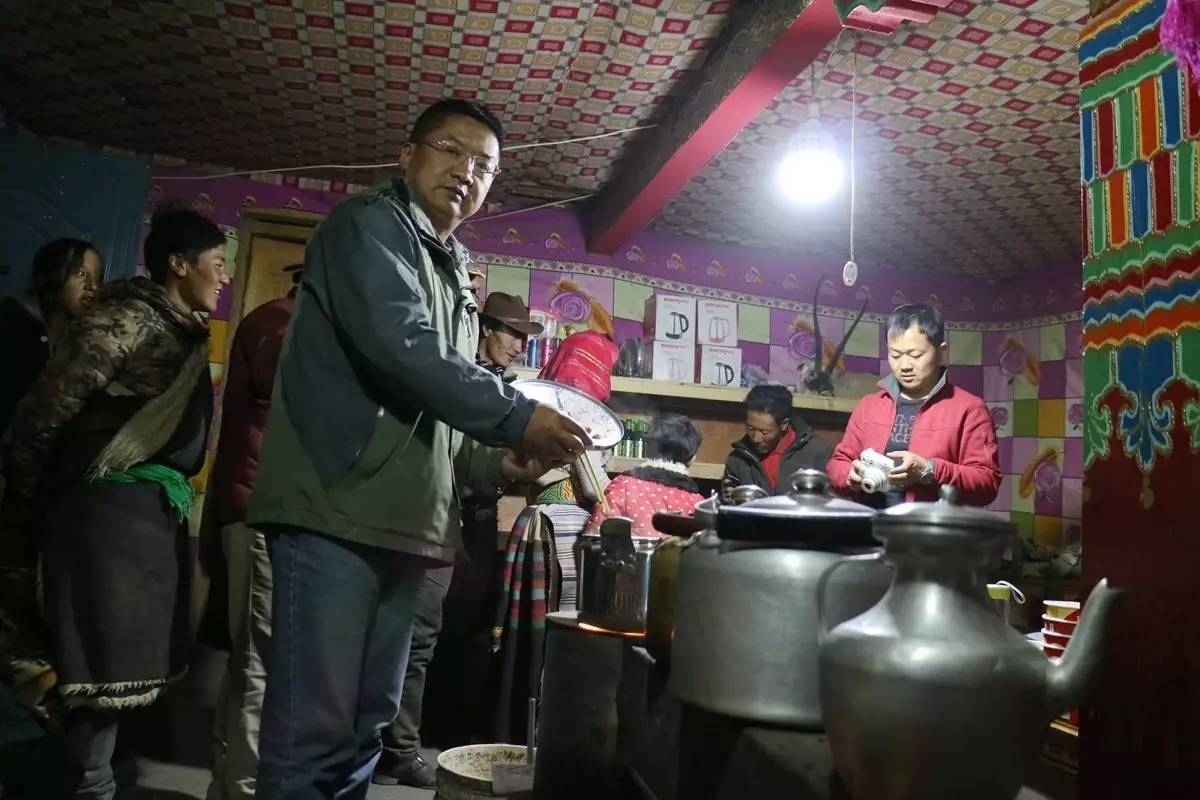

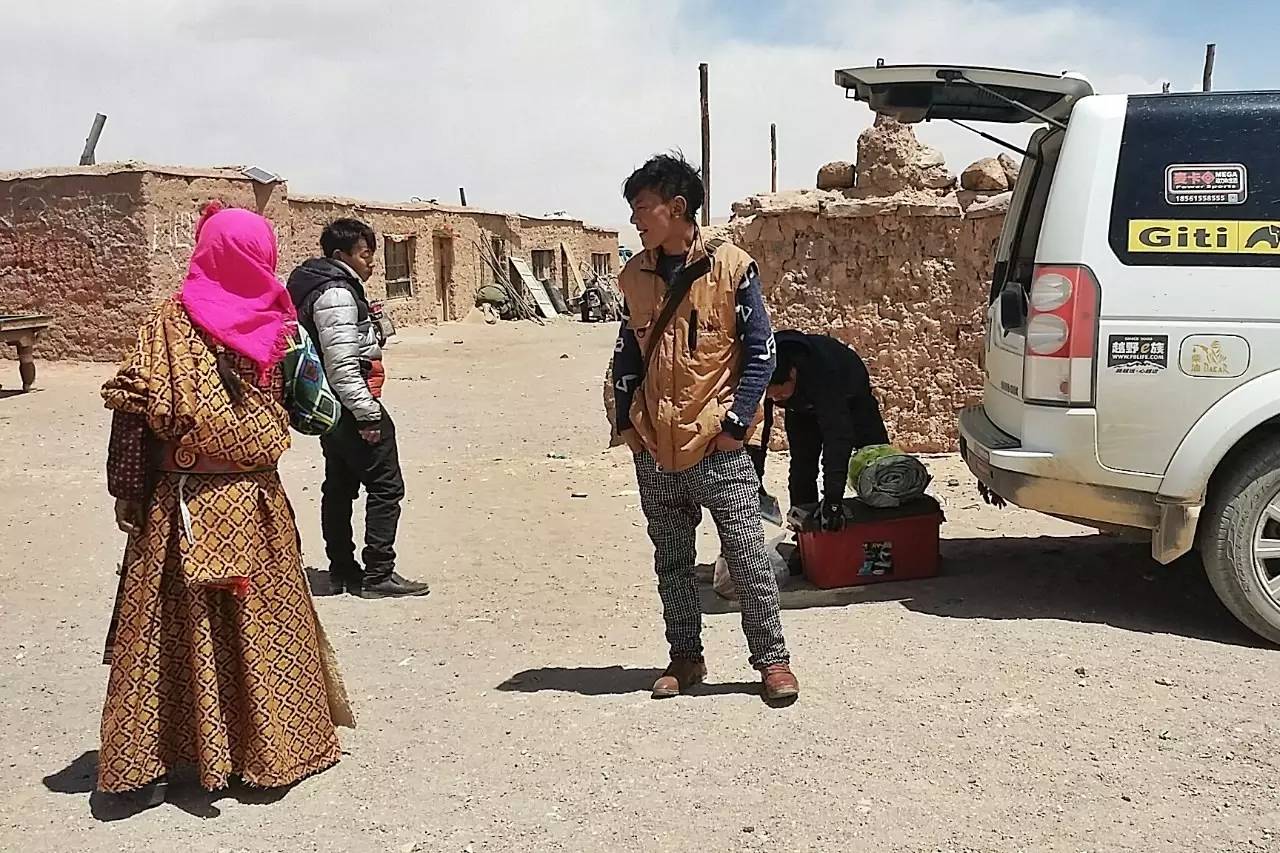
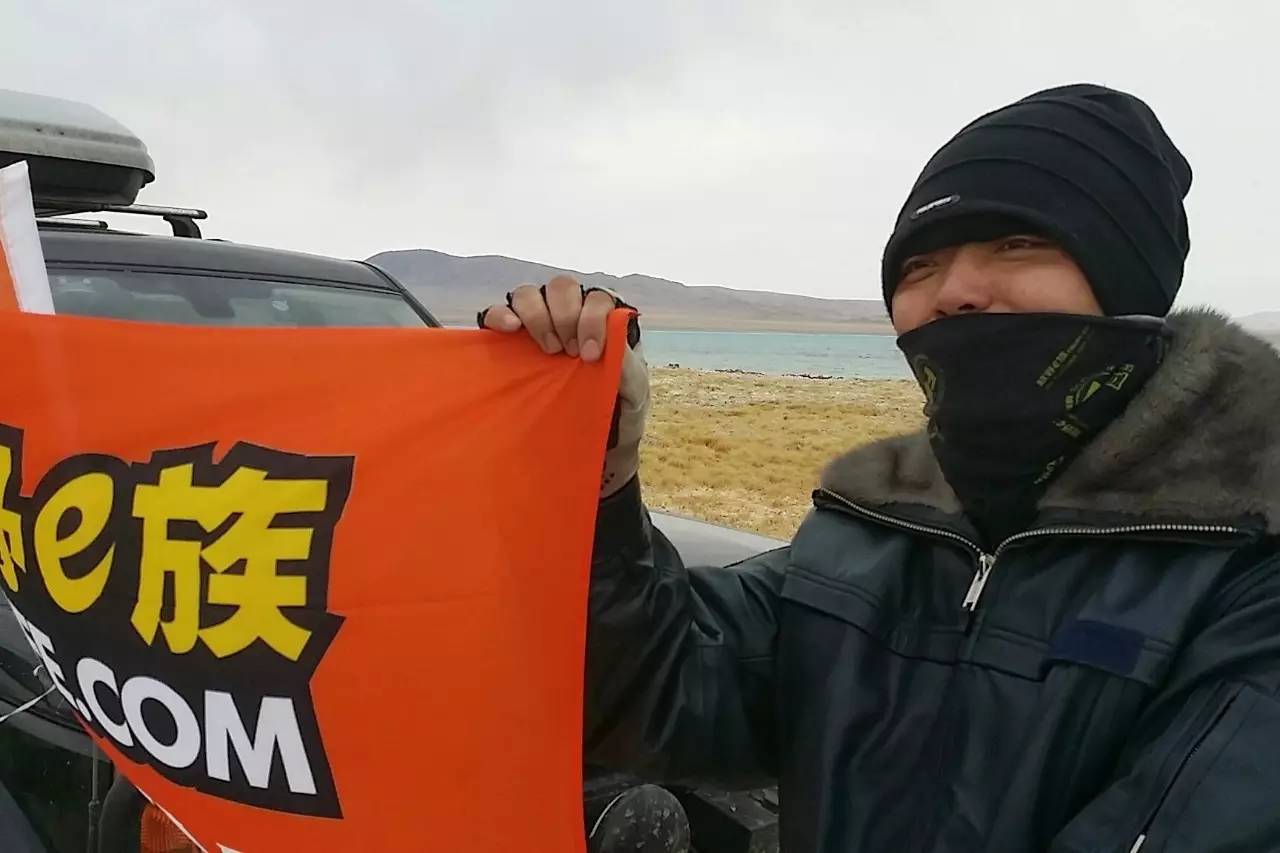
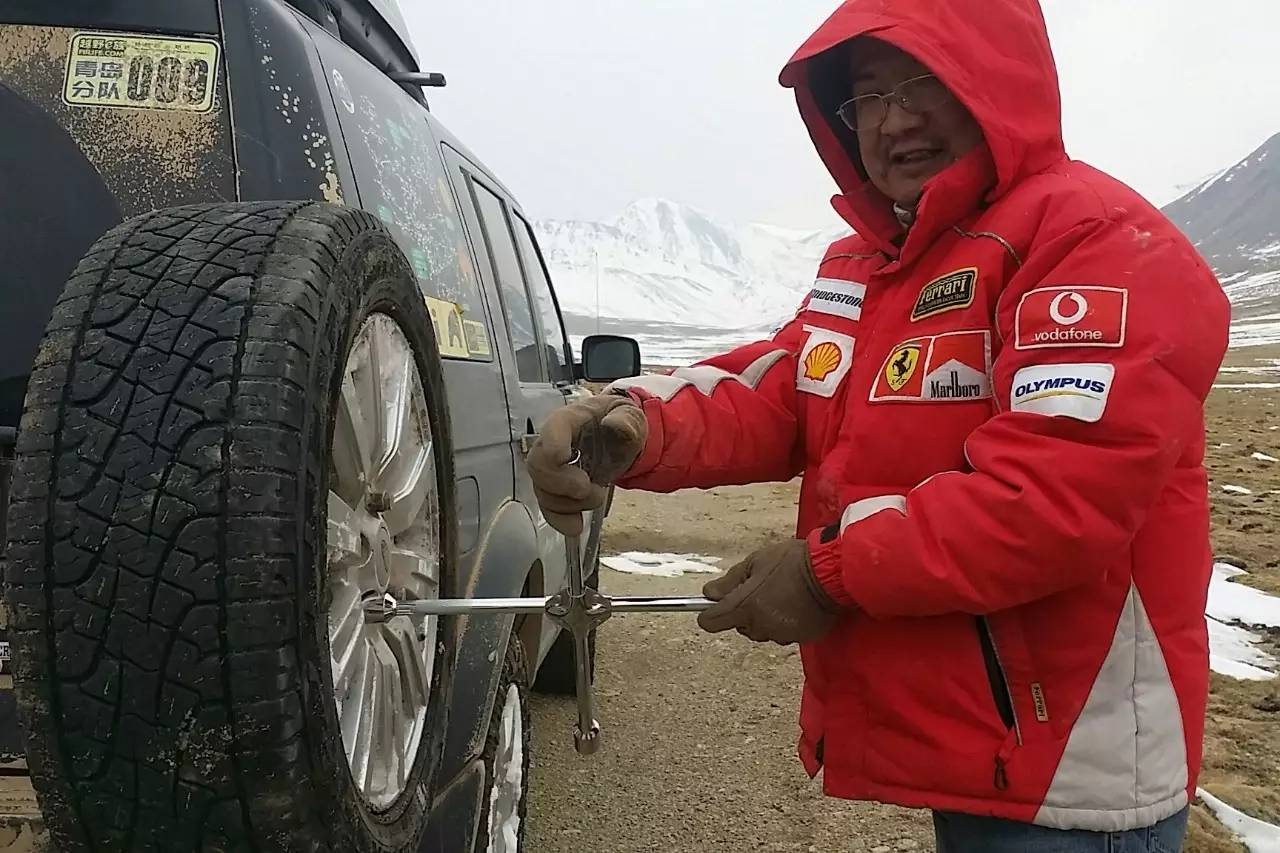
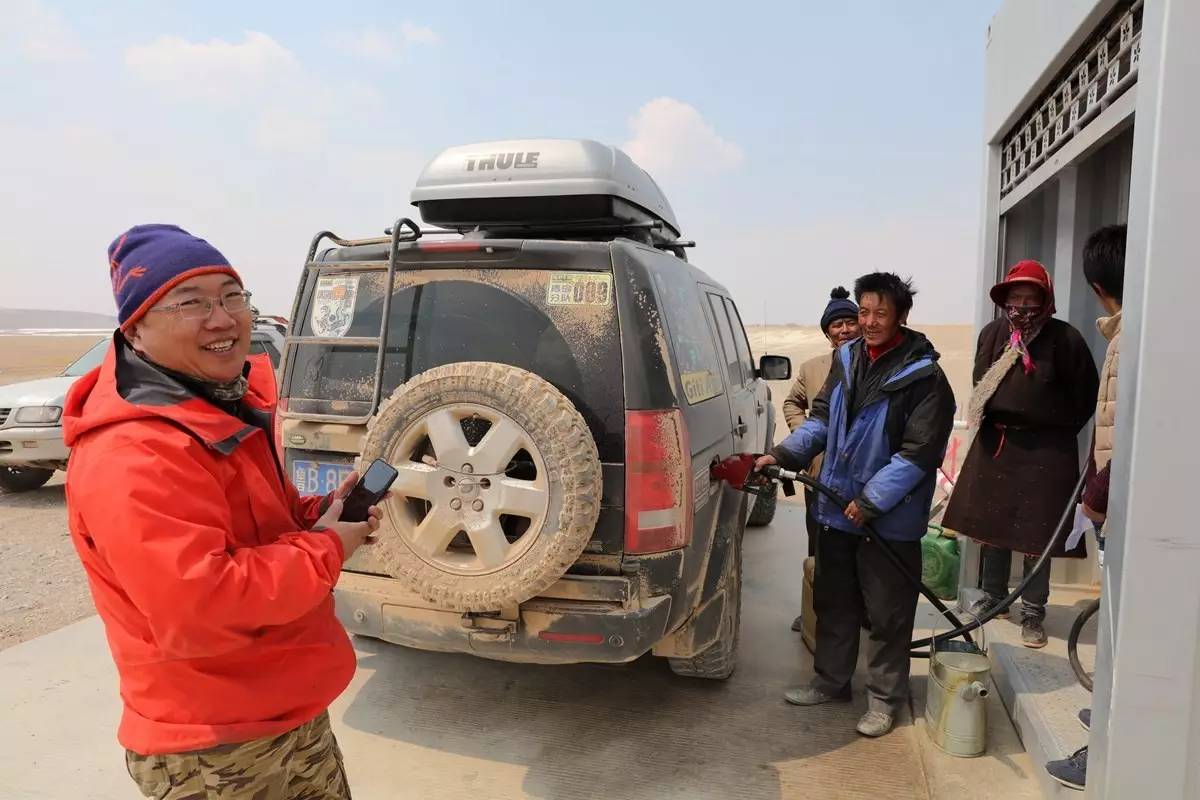
The cold, high altitude, fatigue, broken cars and the attack of wind and snow have experienced all kinds of sorrows and joys, and the following stories will be more exciting. My 4 little friends, they are the protagonists.
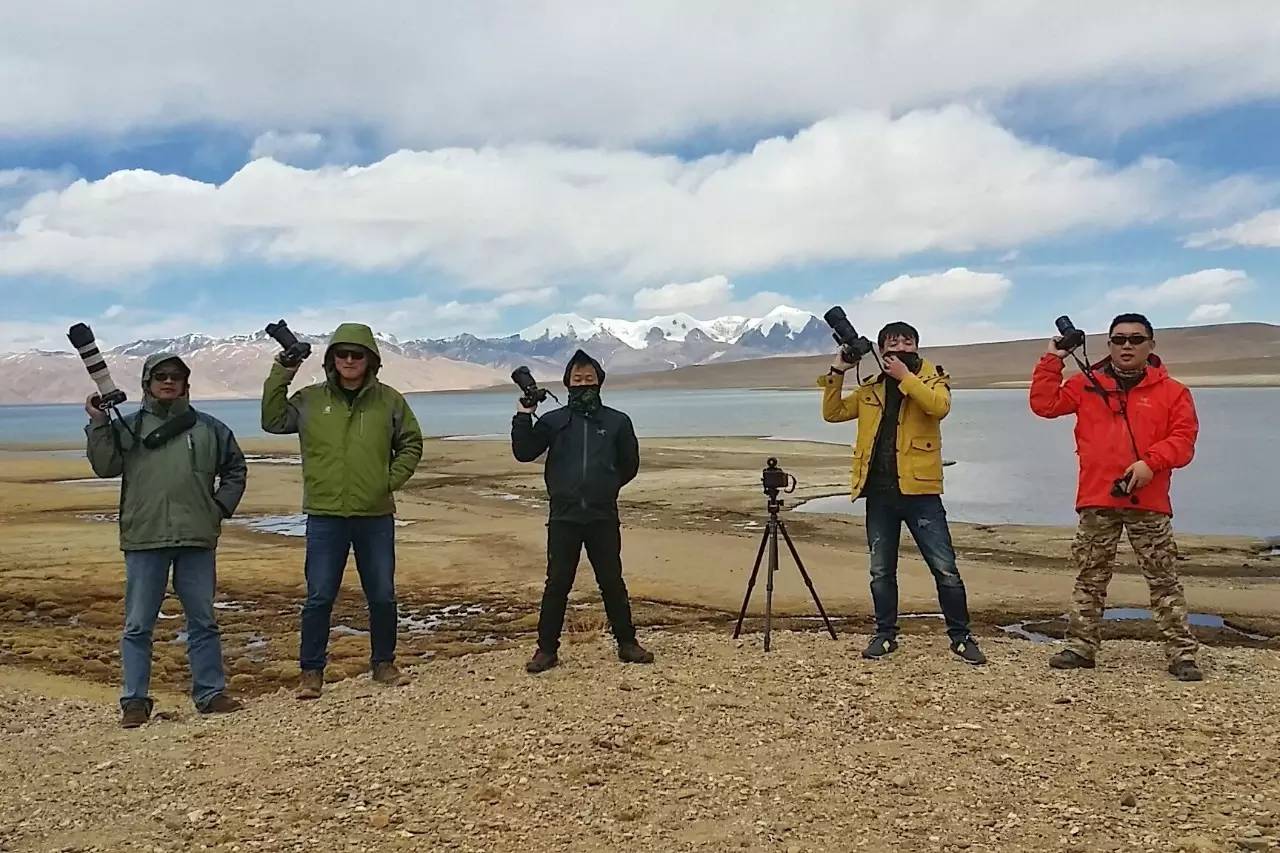
For more excitement, please pay attention to the weekly graphic series “That year, we drew a circle in northern Tibet”.
( Weibo: Off-Road V Vision/ WeChat: Off-Road Vision )




